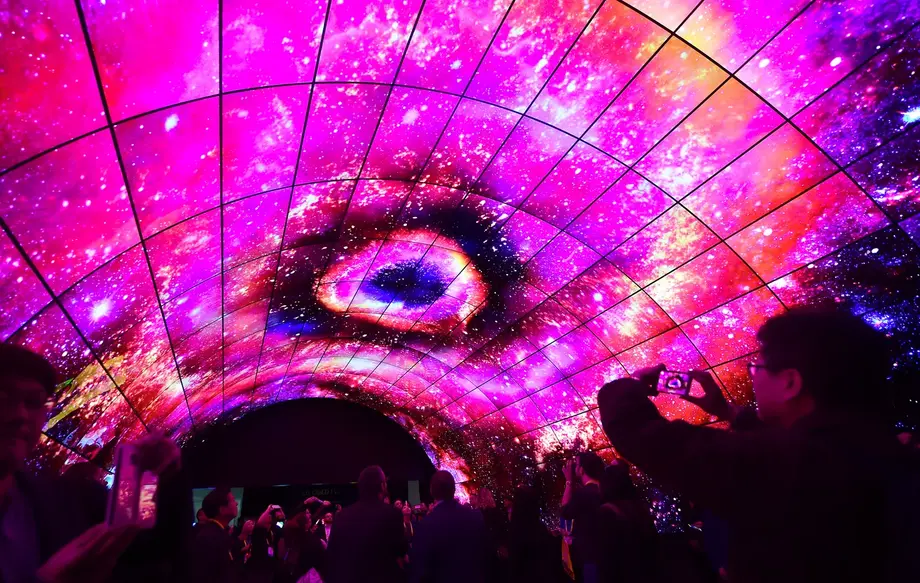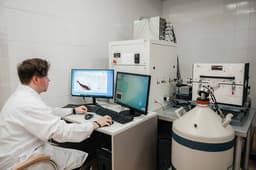In the journal «Fundamental Problems of Modern Material Science», an article by scientists from the Khakassian State University (KSU) named after N. F. Katanov was published. It describes a new method of improving the parameters of LEDs.

A LED is a semiconductor device that converts electrical energy into light. Researchers from KSU found that adding silver nanoparticles with a special geometry can activate the effect of surface plasmon resonance (SPR) in LEDs: this enhances electromagnetic radiation at the boundary between silver and dielectric, giving light with a significantly increasing intensity.
By varying the sizes, shape, and internal structure of the plasmonic particle, great progress can be made in both improving existing versions of LEDs and creating new ones. To determine the most advantageous geometry and structure, we used methods of molecular dynamics.
Plasmonic nanoparticles are obtained by destroying the crystal lattice of a normal particle with a diameter of less than two nanometers by heating to melting, and then rapidly cooling it. Researchers note that such a synthesis technique was developed and applied for the first time in the world.
The symmetry of the particles affects the amount of scattering and absorption of light waves. The greatest effect is given by highly symmetrical shapes - cubes, octahedrons, and so on, up to "nanostars" with a large number of sharp "rays". The maximum possible number of sharp angles of the shape provides a high drain of electrons, giving an increase in luminosity.











